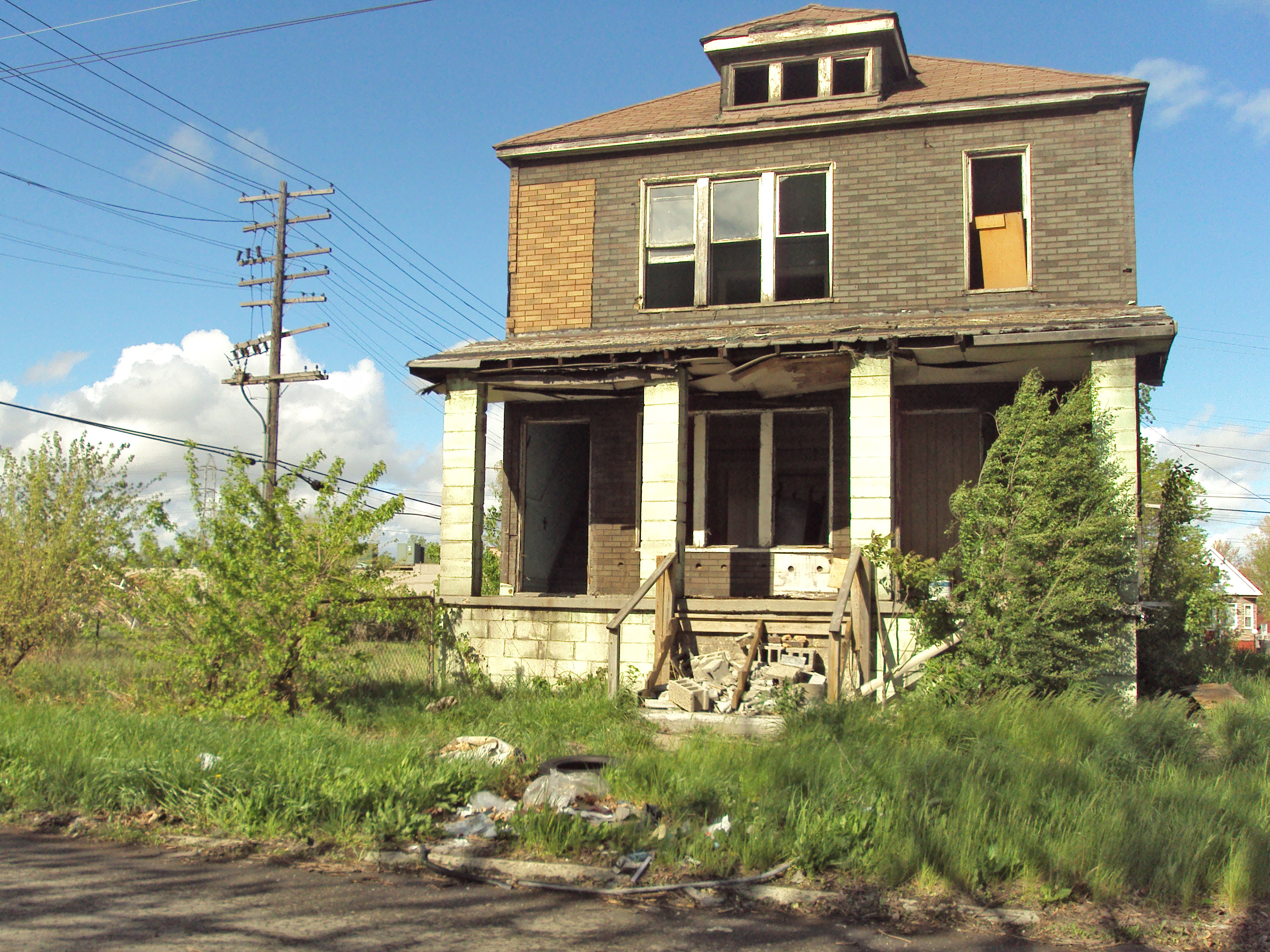I wanted to very briefly make the case that something is fundamentally wrong in the United States for the average person and has been for the last forty years. Some readers will find this obvious, but nonetheless I think there is value in distilling that sense down into a single, undeniable statistic- framing it in a way that I haven’t quite seen done before. That something is wrong can only be the beginning of the conversation- having acknowledged that something is wrong there is still the question of what we are to do about it. Nonetheless I’d like to make my small contribution by convincing my tiny readership that we at least need to move up to this starting block: something is wrong- we must debate solutions.
There has been a lot of debate about inequality in the US. Personally I am troubled by inequality in the US for a variety of reasons, but conservatives respond that inequality itself is not an issue- only absolute position, and not relative position, matters. I regard this argument that inequality doesn’t matter as simplistic, but I will grant it here for the sake of argument. We’ll be looking at the growth trajectory of the incomes of the most disadvantaged considered in themselves and relative to total growth- not contrasted with the richest percentiles. And not those at the very bottom of the scale either- rather we will be looking at the average income of households (not individuals) in the bottom 50% of households in America.
In 1979, the average household in the bottom 50% of households in the US earnt, in today’s dollars, $17,284. Forty years later, in 2019, the average household earnt $20,301 in today’s dollars- an increase of around 17% over the period. Both figures are pretax.
During this same period the US GDP per capita in constant dollars increased by 92%. Effectively during a period of such massive innovation that the economy as a whole increased in size 92%, the average person in the bottom half of society only had their income increase 17%, less than one fifth what it would be if it grew in proportion with the economy as a whole.
By contrast in the 40 years prior to 1979, the income of the bottom 50% increased 444% while GDP increased about 324%.
I don’t know how to make the case that something has gone very wrong from the point of view of those less well off more clearly than that.
Want more de Pony Sum content? You can join our email list here: https://forms.gle/TaQA3BN5w3rgpyqeA and join our subreddit here: https://www.reddit.com/r/dePonySum/

References
Bottom 50% (and top 1%) share figures: https://wid.world/country/usa/
US GDP per capita in constant dollars figure: https://www.theglobaleconomy.com/usa/gdp_per_capita_constant_dollars/
And: https://www.multpl.com/us-real-gdp-per-capita/table/by-year
Now I said that I was going to focus my attention on the position of the poorer citizens, rather than contrasting them with the rich, but having made that point, I’ll include a brief comparison with the rich for interested readers. During the 1979-2019 period, the average income of the top 1% tripled. This means that the top 1%’s income grew at a rate approximately 18 times faster than the bottom 50%.